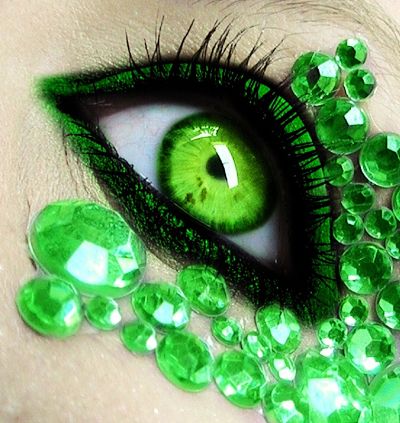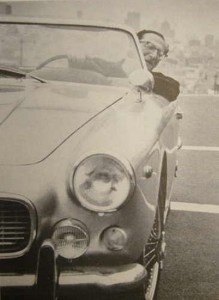
In this article I am going to discuss jealousy, where it comes from and a few of ways to deal with it. I have to start off by saying I have a bit of a soft spot for jealousy! If it wasn’t for my jealousy issues I would have never gone to a counsellor and it’s highly likely I would not be a counsellor now. Being a therapist is probably the most rewarding job I have ever had, and so I have a lot to thank jealousy for.
Having experienced jealousy to a high level first hand also makes this article easy to write. I remember clearly the incident that resulted in me seeking counselling. My girlfriend had bought some boots. I was furious and we had a huge row about it. This is how it panned out in my head. Boots -> she wants to look more attractive to other men -> she is going to leave me. It sounds crazy when I read it now and I look back with amazement at how worked up I got about such a small thing. It is also a testament to how great therapy is. Within a few weeks of counselling I was able to deal with the feelings behind the behaviour and I have never had a problem with jealousy since.
If we break jealousy down into its constituent feelings it looks like a mixture of anger and scare. I was angry that my girlfriend was attempting to attract other men (a contaminated belief on my part, she just liked the boots!) and I was very scared at the prospect of her leaving me. Here lies the heart of the problem with jealousy. Jealousy is often about feelings of insecurity and unimportance in the person feeling jealous. I felt that my world would end if my girlfriend did manage to attract another man with her new boots and I also completely discounted the fact that she loved me and wanted to be with me, she was not interested in attracting a new partner.
Dealing with jealousy.
Yeah, you guessed it; the first thing I am going to suggest is that you go seek a counsellor or therapist to work the whole jealous thing through with. Therapists are trained to dig around for your hidden beliefs behind the feelings and help you understand where they came from. By bringing this information into your awareness you will be much more able to change your thinking, feeling and behaviour and leave jealousy behind.
If you don’t want to go to a therapist then here are a few other suggestions;
- Check with a rational friend whether your jealous feelings are about something real or imagined. Is your partner behaving in a way that is inviting the jealousy? If so talk to them about it and ask for the behaviour to change. Action/feeling statements can help here.
- If you have identified that your jealous feelings are about you, not your partner then talk it through with your partner and ask for what you want. If you need reassurance that your partner loves you it’s ok to ask for it.
- When you are having a jealous attack then ground yourself and bring yourself back into the now. Read about a simple grounding technique here.
- Appreciate that jealousy is basically fantasising about events in the future that have not happened and are unlikely to. Once more, the grounding technique can help you leave these thoughts behind and get on with your life.
- Focus on your good points and distance yourself from the negative thoughts you have about yourself. You can use the diffusion technique I write about here to do this. This may help you challenge the thoughts behind the jealousy – that you are not worth being with in the first place.
Jealousy is not uncommon in relationships and I hope by reading this article you appreciate that it is a feeling that you can change. This will improve things for both you and your partner.
Good luck with it and if you need my help don’t hesitate to get in contact.
 This post looks at Imago Relationship therapy, what it’s about, how I use some of the techniques it proffers when working with couples.
This post looks at Imago Relationship therapy, what it’s about, how I use some of the techniques it proffers when working with couples. If we go back to the scenario we were facing in the
If we go back to the scenario we were facing in the  This all may sound like a long and drawn out process but let’s face it, we think quickly. All of this can rush through our minds in a few seconds. Another thing to understand is that we have lots of urges during a day and many of them are no problem at all. Have the urge to eat a Jammy Dodger? Go eat a Jammy Dodger, it’s not really going to impact on our lives (unless we are allergic to jam!) Have an urge to eat a packet of Jammy Dodgers? Now, that might be a problem if our values are to stay healthy and maintain a sensible weight and diet so get your metaphorical wet suit on ready for action!
This all may sound like a long and drawn out process but let’s face it, we think quickly. All of this can rush through our minds in a few seconds. Another thing to understand is that we have lots of urges during a day and many of them are no problem at all. Have the urge to eat a Jammy Dodger? Go eat a Jammy Dodger, it’s not really going to impact on our lives (unless we are allergic to jam!) Have an urge to eat a packet of Jammy Dodgers? Now, that might be a problem if our values are to stay healthy and maintain a sensible weight and diet so get your metaphorical wet suit on ready for action!